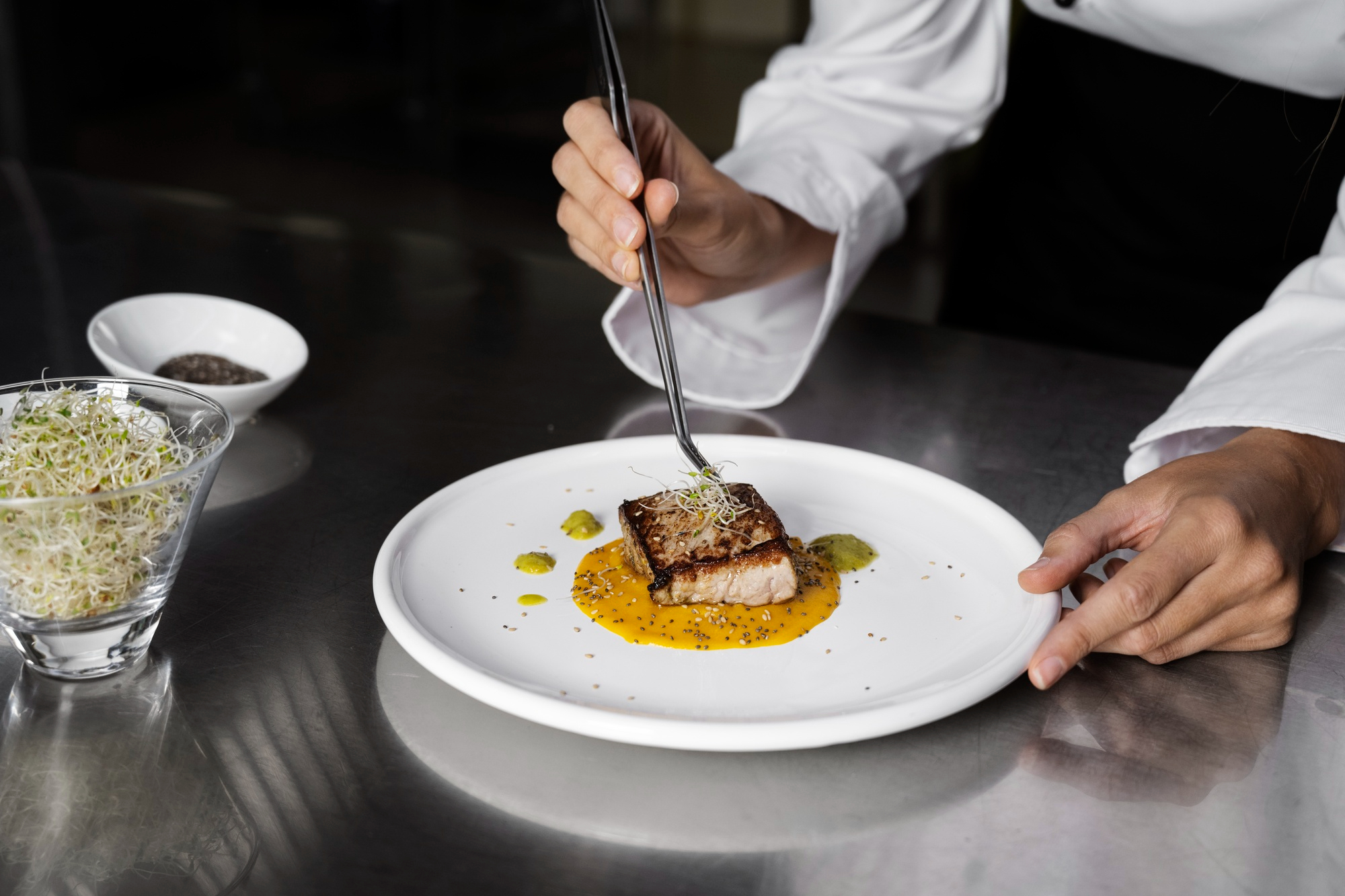
How Do Restaurants Actually Get a Michelin Star?
The coveted Michelin star is one of the highest honors a restaurant can receive, symbolizing culinary excellence and innovation. For chefs and restaurant owners, earning a Michelin star is like winning an Oscar in the food world. But how exactly does a restaurant achieve this prestigious accolade? In this article, we'll explore the mysterious and rigorous process behind Michelin star awards and reveal what it takes to stand out in the world of fine dining.
The Michelin star system was introduced by the French tire company Michelin in 1900 as a way to encourage people to drive more and explore new restaurants. Since then, it has evolved into a globally recognized hallmark of quality. The Michelin Guide uses anonymous inspectors who evaluate restaurants based on a set of strict criteria. Here's how it works:
Anonymous Inspections
Michelin inspectors visit restaurants unannounced and anonymously, blending in as regular diners. This allows them to experience the restaurant in the same way a typical customer would. Inspectors may visit a restaurant multiple times before making a decision, ensuring their assessment is consistent.
Assessment Criteria
Michelin stars are awarded based on five main criteria:
- Quality of ingredients: The freshness, seasonality, and sourcing of the ingredients are key to any great meal.
- Mastery of flavor and cooking techniques: Every dish must exhibit a high level of technical skill, whether it’s the way meat is cooked or how flavors are balanced.
- Chef’s personality: The personal creativity and vision of the chef should come through in each dish.
- Value for money: Michelin stars are awarded across a range of price points, from affordable bistros to luxury dining experiences. The key is whether the quality of food justifies the price.
- Consistency: Whether it’s the first or fiftieth visit, the dining experience should consistently meet the same high standards.
The Star Rating System
Michelin awards one, two, or three stars based on the restaurant's performance:
- One star: A very good restaurant in its category.
- Two stars: Excellent cooking, worth a detour.
- Three stars: Exceptional cuisine, worth a special journey.
A one-star restaurant showcases high-quality dishes, while a three-star restaurant provides a truly unique and memorable experience that often involves a full immersion into the chef’s artistry.
Continuous Monitoring
Michelin stars are not permanent. Restaurants are reassessed each year, and they can lose their stars if the quality drops. This constant pressure drives restaurants to maintain their standards or even push for higher accolades.
Beyond the Plate
While food is the main focus, the overall dining experience plays a role in a restaurant's rating. Factors like service, atmosphere, and presentation can all enhance or detract from the experience. However, these elements alone will not earn a restaurant a Michelin star if the food doesn’t meet the required standard.
Earning a Michelin star requires an extraordinary commitment to excellence, innovation, and consistency. It's not just about having great food but delivering an unforgettable dining experience time after time. For many restaurants, receiving a Michelin star can be a game-changer, elevating their status globally and attracting food lovers from all corners of the world. Whether you’re a chef aspiring to achieve this feat or a curious diner, understanding the intricate process behind Michelin stars adds a new appreciation to the world of fine dining.